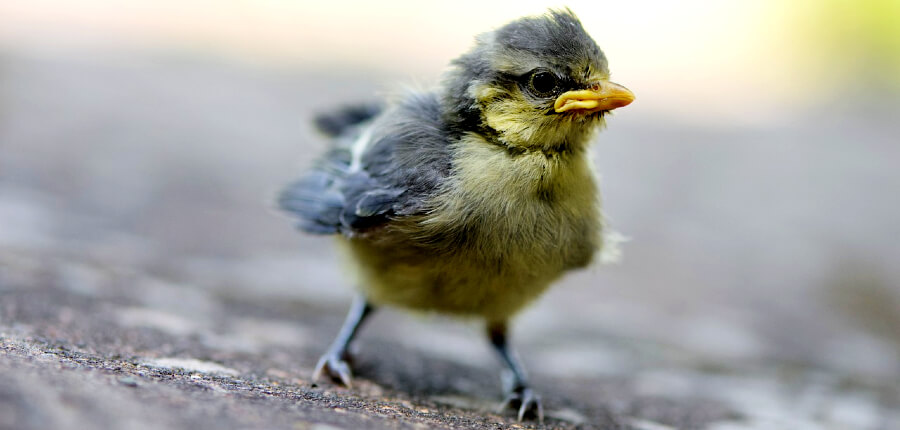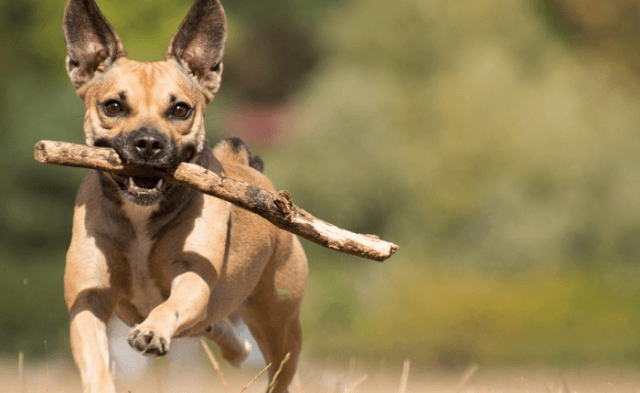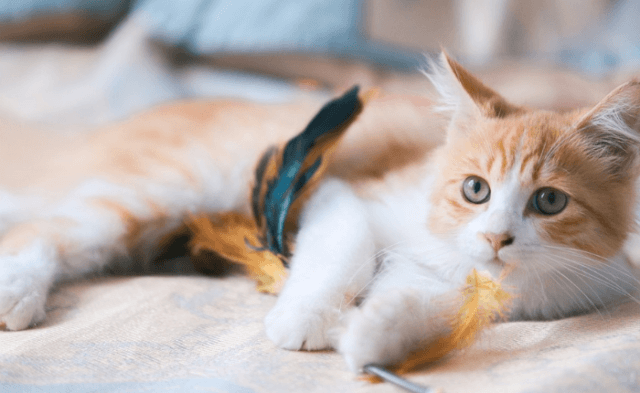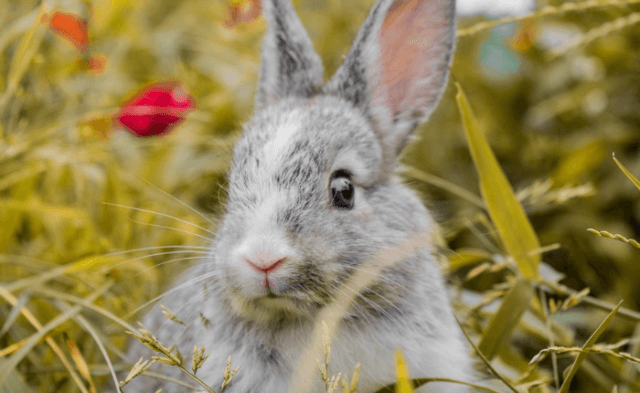In my neighborhood, I’m known as the “animal person.” People ask me for help and advice on everything from getting a lost dog back home safely to identifying the species of frog they heard croaking the night before. During the spring, I can count on receiving at least one call, text or knock on my door, followed by, “I found a baby bird! What should I do?”
As much as I love to help, the answer is often “Don’t do anything!”
People are surprised to hear this. It’s natural to want to scoop up a vulnerable-looking fledgling bird, squirrel pup or baby bunny. But in many cases, doing so can actually hurt—rather than help—animals’ chances for survival.
Many baby animals don’t need “rescuing.” Their parents are likely nearby, foraging for food and keeping an eye on them. Knowing the difference between an animal in danger and a youngster who is simply learning to navigate in a great big world is key.
- If you see a bird on the ground with a half-inch or more of tail feathers, you’re looking at a fledgling, who is learning to fly. Don’t interfere, unless it’s a dangerous area or there is a cat or dog nearby. In that case, place the bird on the lowest branch of a tree or shrub and try to return any dogs or cats to their homes (and ask their guardians to keep them indoors).
- Featherless birds are nestlings and cannot fly. Place them back in the nest, if you can, or make one out of a berry basket or other small container with holes punched in the bottom and filled with shredded tissue. Hang it in a sheltered spot near the original nest, and watch for the parents to return. Don’t worry—birds won’t reject their babies just because a human has touched them.
- Young squirrels are often found after their nest has been blown down. The best way to reunite them with their mother is to place them in a box containing a hot-water bottle wrapped in a dishtowel and set it at the base of a tree. The mother will usually retrieve them, but only if she feels safe—so stay far enough away, and keep dogs, cats and children away, too.
- People who see a solitary fawn or a nest of baby bunnies without their mother nearby often mistakenly assume that they have been orphaned. But mother deer attend to and nurse their young only a few times per day, and fawns spend most of their time alone—quiet and almost motionless—in open fields. Similarly, mother cottontail rabbits usually visit their nests to feed their young only at dawn and dusk, to avoid alerting predators. To find out if a mother rabbit is coming back, try placing a string over the nest. If the string has been moved the next morning, the mother has returned.
How do you know if animals actually need your help? If they’re clearly injured (e.g., they have a broken wing or leg, are bleeding or are unconscious); if they’ve been attacked by a cat, dog or other predator; if they’re weak and shivering or emaciated; and/or they’re definitely orphaned (e.g., you’ve seen the dead parents)—that’s when they need to be rescued.
Place the animal in a safe, warm but well-ventilated, newspaper-lined box and contact a licensed wildlife rehabilitator immediately. Don’t try to care for injured or orphaned wildlife yourself: In many cases, it’s against the law, and baby animals typically don’t fare well when raised by people who don’t have any training.
Visit PETA’s Wildlife Emergency Guidelines for more detailed instructions on what to do if you find a baby mammal or baby bird. Knowing when to take action—and when not to—can save lives.





